Fri, 23 Jan 2015 . Last updated Thu, 25 Jun 2015 09:00

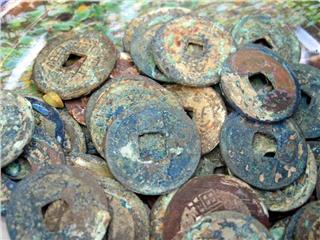
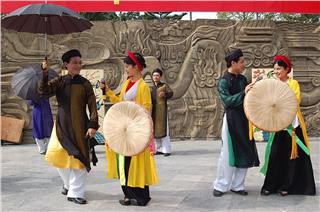
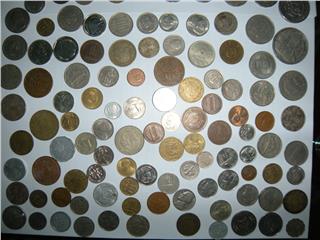
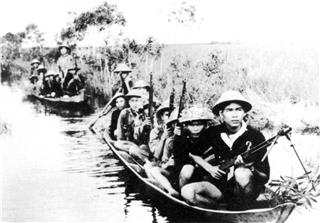
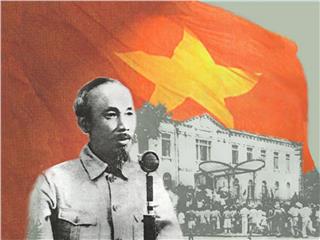
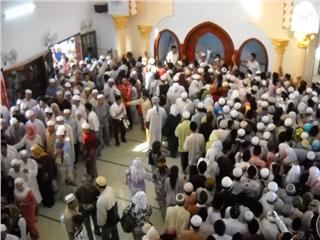
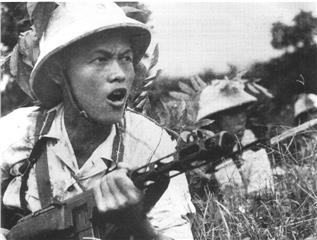
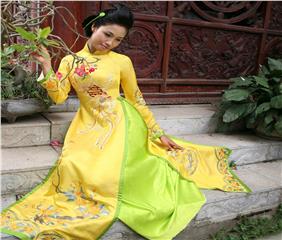
Vietnamese people have known how to plant and make use of wax tree for a long time. It can be used for making not only boats, water containers but also many handicrafts. Based on the special usage of wax tree, artists can create unique lacquer paintings. Wax tree is planted mostly in Tam Nong district in the Northern province of Phu Tho, and it has become an important element of such a traditional unique and spiritual art.
Vietnamese artist To Ngoc Van said: “lacquer painting is the new name of an ancient technique namely Son Ta that was changed over time”. Vietnamese people used lacquer to make votive items such as parallel verses in many pagodas, temples. Lacquer painters travelled around the country to create Vietnamese special cultural spaces which combine the glittering of gold and silver with the simplicity of natural lacquer. That was the cornerstone for the art of lacquer painting to develop.
During the 1930s, some Vietnamese artists such as: Nguyen Gia Tri, Pham Hau, Nguyen Khang, Tran Van Can and Dinh Van Thanh studied at Indochina University of Arts. They successfully applied the technique of Son Ta into lacquer painting. Lacquer paintings deliver the meaning of traditional folk of Asian people. Artist Nguyen Gia Tri contributed the most to the early stage of Vietnamese modern lacquer painting. He left many valuable lacquer paintings which were typical for this kind of art in Vietnam.
Nowadays, lacquer painting remains in some traditional craft-villages such as: Cat Dang in Nam Dinh province or Ha Thai in Thuong Tin district, Hanoi…Those beautiful handicrafts are made by Vietnamese native farmers. Their technique is built up from generation to generation. In the past, the framework of every lacquer handicraft was made from small pieces of wood which were merged to each other by slob and wax tree’s gum. When a framework is completed, its joints could hardly be recognized. Currently, lacquer handicrafts are made from many different materials such as: ceramic, composite plastic or even paper…
After having a framework, an artisan has to attach color materials such as: egg shell, gold, and silver on it, put on a cover layer of lacquer then polish it. The artisan has to repeat the process again and again until it becomes perfect. Each process requires skillfulness, precision and patience of artisans. Ha Thai village’s people continue doing what their forefathers did for many years in order to earn their living. By doing so, they also contribute to the preservation of Vietnam traditional culture.
Artists have successfully applied the traditional material in making unique fine arts. For some artists lacquer is their most favorite material, because only lacquer can provide them with unlimited creativity. The difficulty in using lacquer makes it more rewarding to conquer. In the past, lacquer was used it some basic colors such as: vermillion, gold, silver and egg…Nowadays, artists can freely use it in contemporary trends. However, in order to do that, they must understand lacquer’s features.
Drawing multi-layered, thick coating, pumicing and painting are the traditional techniques of the lacquer art. It has distinctive values that are totally different from other materials. Oil or silk painting has different methods and techniques, but in general, they have a common feature of little variation in color. However, in lacquer painting, the process of pumicing and drawing is the most important part of the whole creative process. When grinding, an artisan cannot see the overall appearance of the work, so it requires the artist to have an ability to master the material and technique to adjust the combination. Each lacquer layer is painted once, not with paint but with sandpaper sheets and the sensitivity of the hands.
Many color layers lying on each other. Especially, grinding and drawing create a painting’s surface with many random factors, shimmering colors. These different factors lacquer painting have such an extremely special art language. It attracts artists by its glamour of full magical splendor. The color of lacquer has such a unique beauty that it becomes exotic. The special art of making lacquer colors is that colors are created indirectly. As for other types of painting, drawing a color to the painting would not change the color, but for the lacquer, it becomes more glimmering mysterious.
No other materials except lacquer can make such a deep, magical black color. Nowhere can we find such a beautiful yellow, pristine white color as they are in lacquer. Is this kind of painting, color has its own way; it opens up such a flexible and exotic virtual space. The color movement creates magical depth to the painting. It is no longer confined to the width and length of the painting but opens up its own world containing the artist’s spiritual attitude.
Lacquer paintings are made of natural elements such as: egg shell, pearl shell, and seashell. Artists use a hammer instead of a brush to “paint”. They are diligent craftsmen working meticulously and attentively with all their hearts. Therefore, the traditional values of lacquer only include the technique of using materials but also the artistic style and the theme, because, despite the precious material, a painting can easily become soulless without the artist’s emotion and creativity.
Thanks to such efforts, artists can create lacquer paintings from the depth of their soul. More and more Vietnamese artists desire to promote the traditional technique, a national unique art. They are trying to blow fresh air into traditional folk materials to create new value. Nowadays, lacquer products are sold not only in domestic but also on international markets in forms of handicraft items or art paintings. The acceptance of international markets is a good motivation for both Vietnam’s lacquer industry and lacquer lovers.
Life is a river constantly flowing. After a lot of attempts to explore different materials, people are attracted and fascinated by the simple natural material of lacquer. It is no coincidence those decades ago, Vietnamese artist Nguyen Do Cung saw glittering beauty lying in the traditional material. Every day, there are some people quietly engaged in the art in order to satisfy their passion and preserve the Vietnamese unique art form.
Source: VTC10 - NETVIET

 Đặt vé máy bay cho người Việt?
Bấm vào đây
Đặt vé máy bay cho người Việt?
Bấm vào đây
Our service uses cookies for technical, analytical and marketing purposes. See our Cookie và Privacy policies for more information. If you agree to this, just keep browsing.


